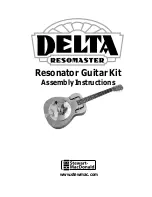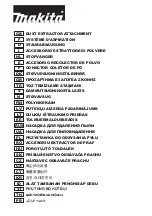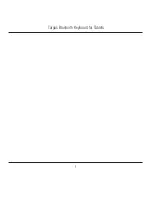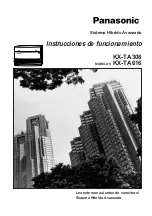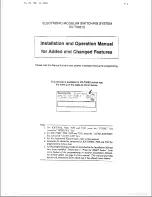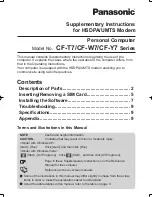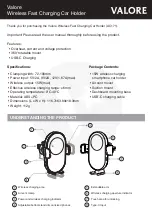
page 12
Removing wood from the bottom of the heel on both the
treble and bass sides equally will tip the neck back
(22)
. This
is the most common adjustment. Remove the wood in a
wedge shape which tapers to zero at the top edge of the
cheeks.
Use the formula in “Understanding neck angle geometry” to
determine how much wood to remove. With a sharp pencil
and a straightedge, mark the area to be chiseled away in a
straight line from the bottom of the heel to the zero point at
the top. Continue this line across the heel cap and up the
opposite side. These lines may be tricky to draw, because
they must taper away to nothing — to the zero point at the
top of the heel.
With a sharp chisel, remove about half of the measured
amount of wood. Don’t overdo it: bolt the neck into the body
and check the fit. The fit will change rapidly, so check your
progress frequently.
It’s unlikely that wood will need to be removed from the top
of the heel, but depending upon the weld of the top and
side at the neck block, it’s possible for a neck to be “overset”
too far away from the body. In this case, the bottom edge of
the straightedge would end up far above center in the open-
ing of the coverplate’s hand rest. Removing wood from the
top of the heel on both the treble and bass sides equally will
bring the neck up so the straightedge comes down to “just
above center” in the hand rest, which is where it should be.
Use the formula in “Understanding neck angle geometry” to
determine how much wood to remove. With a sharp pencil
and a straightedge, mark the area to be chiseled away in a
straight line from the top of the heel to the zero point at the
bottom. Repeat this line on the opposite side.
Neck adjustment: tilting the neck back
Neck adjustment: tilting the neck up
22.
Remove wood from the top or bottom to tip the neck forward
or back.

